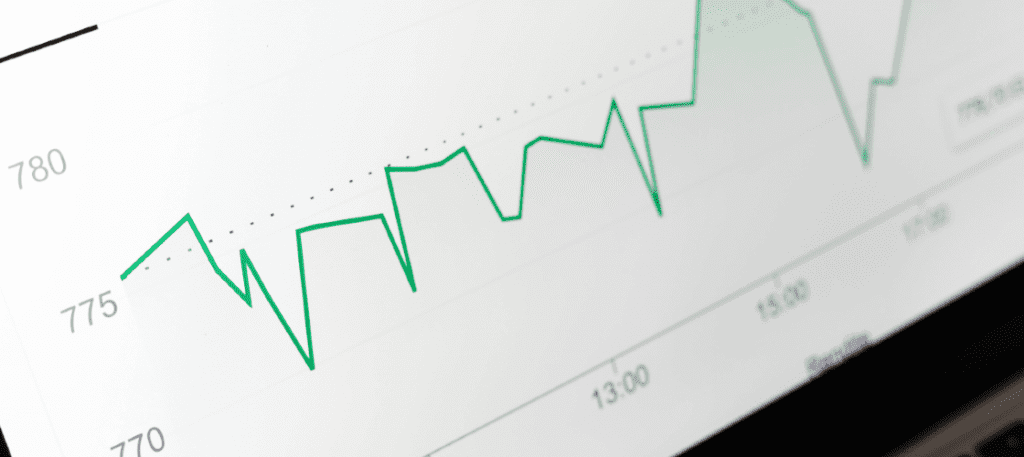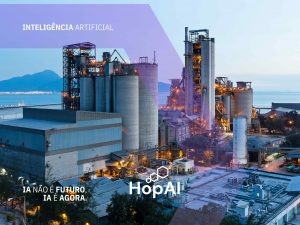By definition, energy efficiency is the more intelligent and conscious use of energy, aiming to reduce waste and increase the efficiency of energy resource use. It involves a set of practices that aim to reduce energy consumption without compromising the quality and productivity of performed activities.
With the advancement of technology, energy efficiency is an increasingly important issue for individuals and businesses looking to reduce their operational costs and minimize their environmental impact. Fortunately, technology is evolving rapidly and solutions are becoming increasingly accessible and effective. One of these solutions is the use of artificial intelligence (AI) to optimize energy use. In this practical guide, we explore some of the most effective ways to enhance energy efficiency using AI.
Real-time energy monitoring
The first step to increase energy efficiency is to understand how energy is being used. For this, it’s necessary to monitor energy consumption in real time. AI can be used to process large amounts of real-time data, allowing users to monitor energy consumption. This enables excessive consumption points to be identified and adjustments to be made to optimize energy use.

An example of real-time energy monitoring is the installation of smart meters in buildings or homes. These meters collect real-time energy consumption data and transmit this data to an energy management system.
The energy management system, which can be AI-based, analyzes this data and provides information on how energy is being used. For instance, it can alert users when energy consumption is above normal, indicating a problem with equipment or inefficient energy use. Users can then investigate the problem and make necessary corrections.
Energy demand forecasting
Another way we can boost energy efficiency with AI is by predicting energy demand in advance. This allows companies to adjust their energy production according to the predicted demand, avoiding waste and reducing costs. It can be used to predict energy demand at different times of the day and on different days of the week, allowing companies to adjust their production accordingly. This not only helps to save energy, but can also reduce the cost of energy tariffs, which often vary according to demand.
An example of this is the use of machine learning algorithms to predict the demand for electrical energy in a certain region. This type of forecast is important so that energy companies can better plan and manage the energy supply, avoiding the lack or excess of available energy.
To make the forecast, the algorithm analyzes a series of historical energy consumption data, such as data from smart meters, weather information, and commemorative dates. Based on these data, the algorithm is able to identify patterns and trends that can be used to predict future demand.
For example, if the algorithm detects that energy demand usually increases on hot summer days, it can predict that demand will be higher on a particular hot summer day. Similarly, if the algorithm detects that demand is usually lower on weekends, it can predict that demand will be lower on a particular weekend.
With this demand forecast, energy companies can adjust the energy supply in real time, avoiding the lack or excess of energy. In addition, companies can also use these predictions to adjust their pricing strategies, offering lower prices at times of lower demand and higher prices at times of higher demand.
Process optimization
AI can also be used to optimize industrial processes, helping companies to reduce energy consumption. Data analysis can be used to identify patterns and trends in industrial processes, allowing companies to optimize energy use. For example, AI can be used to optimize steel production, reducing energy consumption and greenhouse gas emissions.
The application of machine learning algorithms for process optimization is an example of how AI can be used to improve efficiency in a production line. These algorithms analyze real-time data, collected from sensors and other connected devices, to identify bottlenecks, delays, and other improvement opportunities.
Based on this information, the algorithm automatically adjusts process parameters, such as machine speed and the amount of material used, to optimize efficiency. In addition, AI also helps identify quality problems earlier, allowing operators to adjust the process before the problem becomes critical.
Process optimization with AI is a way to reduce production costs, increase efficiency, and improve the quality of the final product. This type of technology can be used in various sectors, leading to a significant improvement in customer satisfaction and increased competitiveness in the market.
Use of renewable energy sources
AI can be used to manage renewable energy systems, such as solar panels and wind turbines, to maximize energy production. AI can monitor weather conditions and adjust energy production accordingly, ensuring that energy is produced when it is most needed and that it is not wasted.
For example, on a sunny day, solar panels can generate more energy than is needed at the moment. With weather forecasting and the use of AI, the excess energy can be stored in batteries or redirected to other needs, such as charging electric cars.
Conclusion
In summary, energy efficiency, strengthened by the use of artificial intelligence, has the power to significantly transform our energy systems. Through real-time monitoring, demand forecasting, process optimization, and renewable energy management, AI can elevate energy savings to levels never before reached, resulting in cost reductions and environmental impact. With proven experience and AI expertise, Hop AI is fully capable of delivering customized solutions in all facets presented in this article, making it a valuable partner in the journey of companies and individuals seeking greater energy efficiency.
References:
U.S. Department of Energy. (2021). Artificial Intelligence for Energy Efficiency. Energy.gov. https://www.energy.gov/eere/buildings/articles/artificial-intelligence-energy-efficiency.
World Economic Forum. (2019, September 9). How AI can improve energy efficiency. Weforum.org. https://www.weforum.org/agenda/2019/09/how-ai-can-improve-energy-efficiency/.
Mack, D. (2019, December 2). How AI is driving energy efficiency. CIO Dive. https://www.ciodive.com/news/how-ai-is-driving-energy-efficiency/567878/.
Schneider Electric. (2021). Energy Efficiency and AI: A Guide to Intelligent Energy Management.




